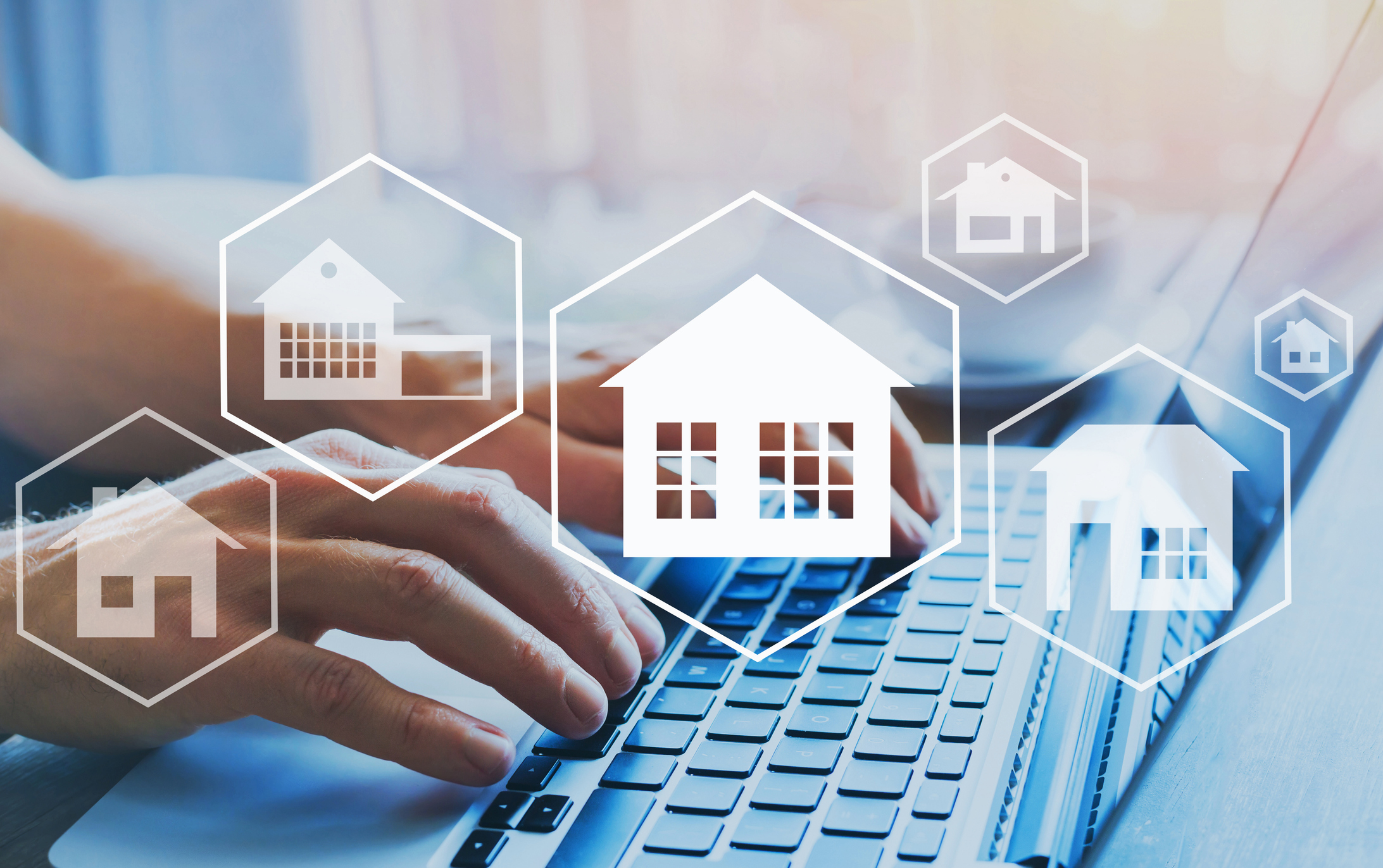James O'Toole, SERL Consortium Manager, and David Shipworth, Professor of Energy and the Built Environment, UCL
28th September 2021
Until recently, domestic energy data has mostly only been available as aggregated annual estimates and only up to two years after the energy has been used or from research projects after they are complete.
The 22 million smart meters in GB homes, 13 million are providing daily and half-hourly readings of gas and electricity consumption over the national smart meter communications (Smart DCC) network.
Access to this data is controlled by the consumer and governed under the GDPR and the Smart Energy Code. It can only be used by researchers if a very rigorous set of principles have been adhered to including explicit consent from participants to share data for research purposes. However, if these criteria are met, the potential exists for energy research to gain substantial new insights into residential energy use, for example it is currently being used to study changes in demand from lockdowns in the Covid pandemic and the implications of home working.
In smart local energy systems (SLES) where balancing of local energy supply and demand requires a detailed understanding of the clustering and diversity of daily load profiles from buildings, this level of data can be very useful. SLES architects can balance embedded renewable supply against demand profiles, and knowledge of half-hourly load profiles for both gas and electricity from smart meters also allows for different types of energy to be integrated at the design stage through correct sizing of heat-networks and domestic heat-pump installations and electricity storage requirement estimations. These insights can inform policy makers and guide energy-saving interventions that could significantly contribute towards achieving net zero emissions.
The Smart Energy Research Lab (SERL) is a 5-year £6m EPSRC consortium led by a team at UCL working with six other GB universities and the Energy Saving Trust. The concept behind SERL - which began work in 2017 - is to enable researchers to use half-hourly smart meter data more easily by doing a lot of the heavy administrative lifting associated with accessing the data so researchers don’t have to ‘start from scratch’.
Accessing smart meter data requires attaining ‘DCC Other User’ status from the Smart Energy Code administrators (SECAS) - involving highly rigorous checks and audits. A technical infrastructure - known as a ‘DCC adapter’ also has to be procured to access and process the data appropriately – a highly complex and costly exercise. Informed consent must be sought from every household agreeing to share their data, which again requires a large, complex recruitment programme. These factors may well take accessing smart meter data out of the scope of many small to medium-sized research projects. Working together in a multi-disciplinary consortium really helps share the load of these complex processes.
SERL has now carried out these technical, legal and data governance steps so that it can operate as a central research data resource for the UK research community. SERL has recruited over 13,000 UK households who have agreed to share their data, which is available via the SERL researcher portal and linked to a contextual survey, EPC and weather data. To access the data, researchers must be ONS accredited, working at a UK research institution, and must meet other criteria laid out by SERL’s Data Governance Board - but the data is far more accessible than it would be without the SERL infrastructure.
Having spent 3.5 years working on the technical and data governance infrastructure described above, the SERL research portal is up and running and applications are being sought from UK researchers who would like to use the dataset in their projects. Access to half-hourly gas and electricity smart meter data transforms the design and management of decentralised energy systems reducing load-profile and diversity factor uncertainties prior to system specification. Smart meters store up to 18 months of half-hourly data, providing SLES architects with seasonal as well as daily profiles to aid in system sizing.
The SERL dataset contains information on region, Lower Super Output Area (LSOA) and grid cell, alongside demographic information from a contextual survey. It is also possible for researchers to bring their own data into the SERL portal for comparison alongside the SERL sample. SERL also has the potential to be built into project applications as a partner for participant recruitment and data collection where projects need to recruit from specific regions or property types.
One of the first projects using the resource – as part of SERL’s EPSRC funded research programme – is the ‘Social Housing Research on Energy from Welsh Data’ (SHREWD) project, led by Prof Chris Tweed and Dr Simon Lannon at the Welsh School of architecture at Cardiff University. The project - currently in its early stages - will work with Welsh social landlords to collect data from the Welsh social housing sector on homes which have had energy-saving interventions. The project will compare this data with the SERL dataset to gain insights into the local versus national picture. SERL can facilitate this kind of fine-grained analysis, picking out trends and patterns particular to geographical areas and then making recommendations suited to their needs.
Beyond the funded SERL research programme of eight projects it remains to be seen what the research community will use the newly available data for, but it is hoped that it can play an integral part in helping us understand GB domestic energy use better and contribute to the target of net-zero emissions.
For more details on what SERL data is currently available and what will be in the next release and to learn how to access the data see https://serl.ac.uk/researchers/ or contact info@serl.ac.uk
